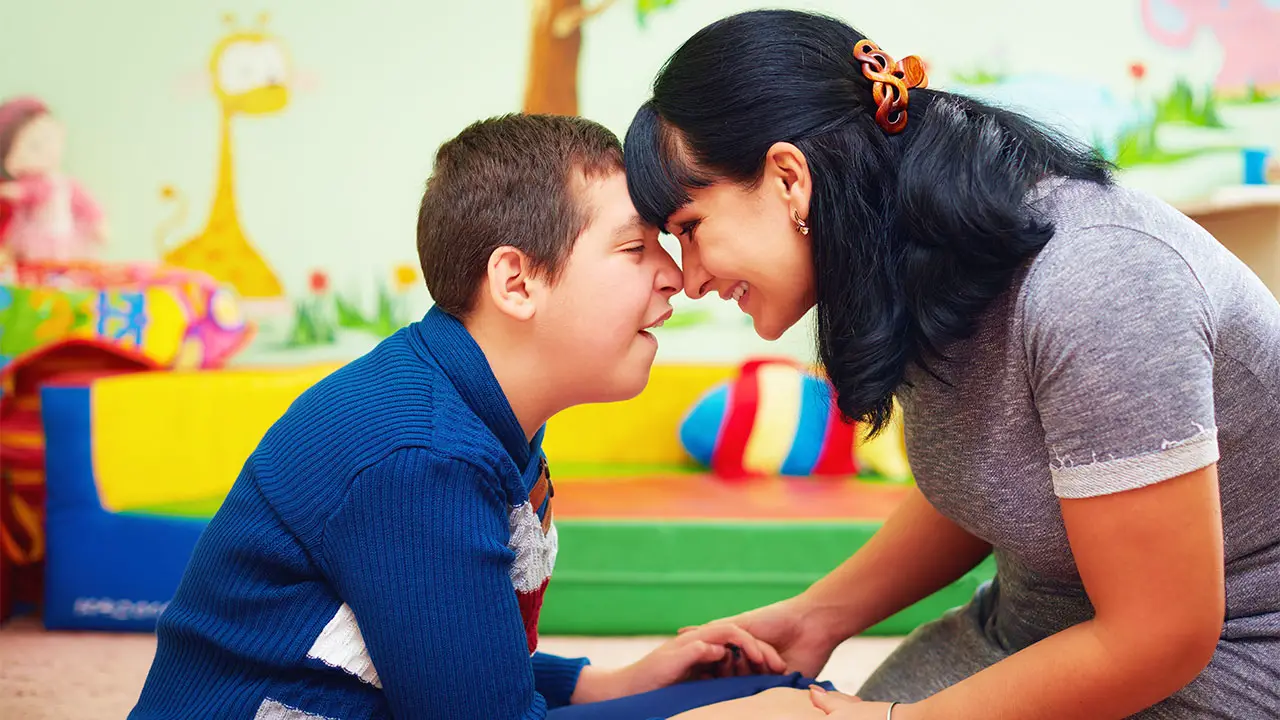Pervasive Developmental Disorder Not Otherwise Specified
 Photo courtesy of Raising Children NetworkOpens in new window
Photo courtesy of Raising Children NetworkOpens in new window
|
Pervasive developmental disorder not otherwise specified (PDD-NOS; or atypical autism) is a neurobiological disorder characterized by impairment in ability to interact with others and by abnormalities in either communication or behavior patterns and interests.
- PDD-NOS is described as atypical autism, because individuals with the disorder exhibit some but not all of the same symptoms associated with autism (sometimes called classic autism).
- Likewise, “not otherwise specified” indicates that an individual’s symptoms are nonspecific, meaning that they differ from symptoms characteristic of other pervasive developmental disorders, such as Rett syndrome and childhood disintegrative disorder.
PDD-NOS affects boys four times more often than girls. However, the overall prevalence of the disorder remains unclear, because of the varying clinical definitions used for diagnosis. Many children who have only several symptoms of an autismlike condition, which prevents a definitive diagnosis of autism, are often diagnosed instead with PDD-NOS.
Symptoms associated with PDD-NOS appear after age three, and the pattern in which symptoms manifest and the behaviors displayed by affected children vary widely.
Most children with the disorder appear to develop normally in the first several years of life and then experience an unusual delay in the development of social abilities. It is usually at this point in the child’s development when other features of PDD-NOS become apparent.
These features may include gaze avoidance, lack of expressive facial responses, irregularities in speech, repetitive and obsessive behaviors, and delayed development fo motor skills. The incidence of severe intellectual disability in PDD-NOS patients is low relative to other pervasive developmental disorders.
Although the precise cause of PDD-NOS is unkown, abnormalities in certain structures and in neuronal signaling pathways in the brain have been implicated. Researchers also suspect underlying genetic defects may be involved. Treatment for PDD-NOS consists primarily of behavioral therapy, though some children may require the administration of medications to stabilize mood or behavior.
See also:
- Butter, E. M., Mulick, J. A., & Metz, B. (2006). Eight case reports of learning recovery in children with pervasive developmental disorders after early intervention. Behavioral Interventions, 21, 227 – 243.
- Poustka F. The neurobiology of autism. In: Volkmar F, editor. Autism and Pervasive Developmental Disorders. Cambridge: Cambridge University Press; 2007, p. 179 – 221.
- Rodiger PM, Ingram JL, Tisdale B, Nelson S, Romano J. Embryological origin for autism: developmental anomalies of the cranial nerve motor nuclei. J Comp Neurol 1996; 370: 247 – 61.

